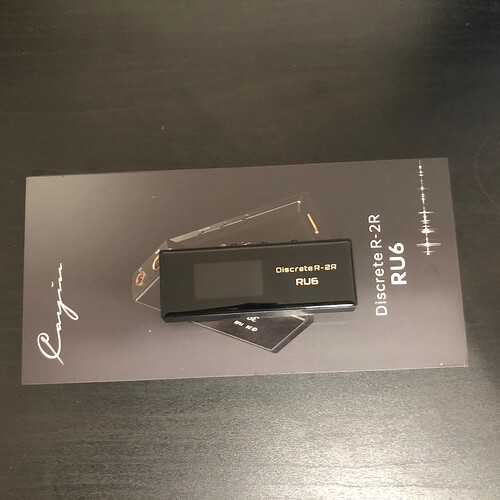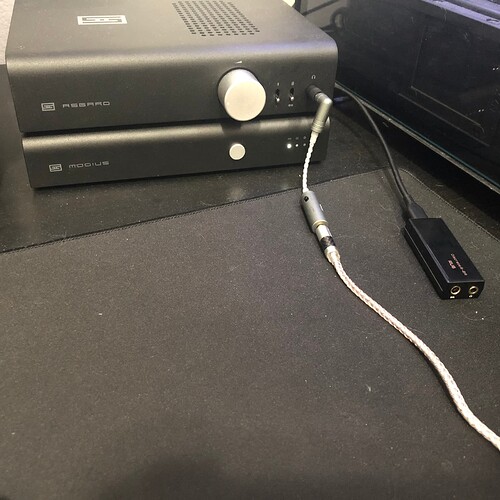RU6 Review
I’ve had my RU6 for more than 2 weeks now and burn in is a must for this dongle DAC. Before the RU6 was burnt in, it sounded quite horrible in terms of technicality. The layering was mushed up together and the imaging was smeared all over the place. The tonality before burn in was quite warm. The lows was accentuated (really apparent in the low bass when compared to W2 and S1) and the mids is more forward. The upper mids and highs on the other hand was quite bad. It was incohesive and not smooth. I think this made some people to have the impression of dry sounding and in a way give the perception of detail, which I think is not the case. It was just an unrefined DAC. So let me break it down one by one after it’s been burnt in and warmed up.
Tonality
The tonality of the RU6 is quite warm. The lows is accentuated and the mids is forward, but in contrary to the brand new RU6, the burnt in RU6 has a mellow upper mids and highs. For this reason I’ll call the RU6 as a warm sounding DAC.
Soundstage, layering and imaging
The soundstage for the RU6 is always wider and larger. This might not be the most accurate representation of the music, but it’s a nice thing to have. There are times when you want a more intimate presentation, but the RU6 simply made things more distant.
In terms of layering, the RU6 gives you more layering, but it kinda suffers in terms of imaging. After the burn in, the RU6 improved a lot for this matter, but never to the point where you get a pin point imaging. For me the imaging of the RU6 is always a little bit blurred. No longer smeared, just a little bit blurred now.
If I’m going to compare it with the W2, the RU6 has a larger soundstage, but a blurred imaging, while the W2 has a smaller soundstage with a pin point imaging.
Timbre
The RU6 has a natural timbre. It plays strongly with acoustic instrument and vocals.
Transient and decay
This is where I have a problem with the RU6. The transient is soft and the decay is long, even a little bit too long. The soft transient made kick drums, snares and other sharp hitting sound to be softened. I didn’t get the same sharp definition and excitement from the RU6. The decay is also a problem. When there’s a busy and fast beat track, the long decay made everything overlaps each other. Snares sounded like it was going forever when it should’ve stopped. But at the same time, this soft transient and long decay play a large role in creating a natural timbre and large soundstage. So, I guess the RU6 is not a good DAC for electronics, rock and a like genres.
Detail retrieval
The details in the RU6 is not the greatest, especially in the highs. Most of the times I feel like there’s a veil covering the highs, which made me wanting more of the details at times. For the lows and mids, the detail retrieval is alright.
Practicality
The resistor array that’s used for the volume attenuation is both a nice thing and an annoyance. The RU6 has better dynamic and clarity at low volume level (below 15 vol), but at the same time the small clicks and delay when you are changing music or adjusting the volume is kinda annoying.
Conclusion
I think the RU6 is a really natural sounding DAC when compared to its competitors, but that’s where it ends. It plays really nicely in an orchestral, chamber, vocal and jazz music, but lags behind in electronic, rock, pop and a like music. If I didn’t know the fact that the RU6 is an R-2R DAC, I would say the RU6 is above average, but not spectacularly great DAC. I would recommend this DAC if you mainly listen to classical and acoustic music, but for electronics, pop and the others, you might want to choose other DAC.
If this will be your first dongle DAC, I wouldn’t choose this either as the RU6 is kinda specific. But if you want something different than the usual, then the RU6 is a pretty good buy.


